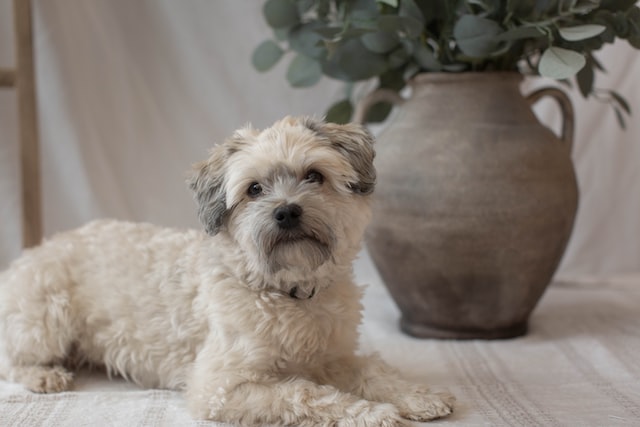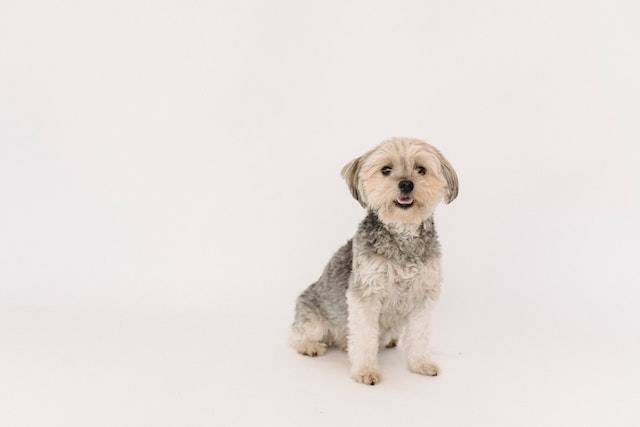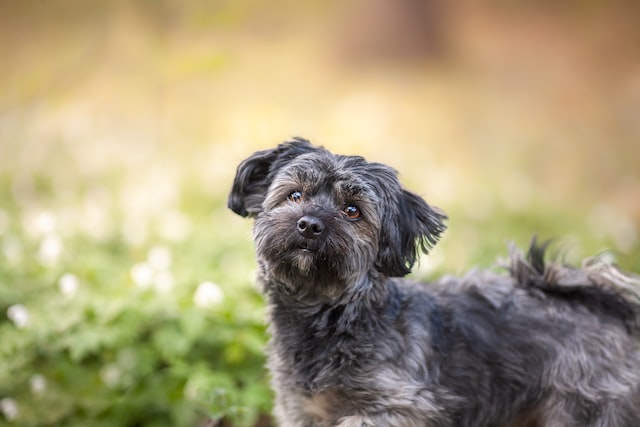The Havanese

A keen observer if there ever was one, the Havanese love to find a relatively high place on the furniture and observe your activities from there. They do however, expect you to return the favour and dedicate all your attention and time to them- no one loves being the centre of attention as much as the Havanese. This eager to please trait makes them very easy to train though you might experience some difficulty in house-breaking them. The Havanese breed thrive on human companionship; don’t leave them alone for too long.
The Havanese make for good watchdogs as well. They bark when they sense a stranger and will look to you for a signal for whether they should go and make friends with the stranger or continue barking! Even though they are completely attached to their owner and won’t leave their side for the world, the Havanese do need their share of exercise. A daily walk or a nice run in the yard is more than enough. For their indoor activity, you could buy them a squeaky toy, which will help channel their indoor energy in a positive direction.
If you have children or other pets at home and are looking for an addition to your family, the Havanese is your best bet. Good with children of all ages, they also adapt well to other dogs or cats you might have in the house.
Care & Health:
- Major concerns: none
- Minor concerns: patellar luxation
- Occasionally seen: PRA, otitis externa, cataract
- Suggested tests: knee, eye
- Average Life span: 12 – 14 years
- Grooming: The Havanese don’t shed a lot. This often means that the dead hair get caught in the outer layer of the fur. You’re advised to brush the coat for around 10 minutes every day to avoid matting and tangles.
History:
Going by the name, it’s not difficult to guess where the Havanese comes from! The Havanese are the national dogs of Cuba and were a symbol of status and wealth in the 16th century. The Havanese were brought to the United States in 1959, when the wealthy fled to America during the Cuban Revolution. An interesting piece of trivia- the Havanese were one of the 11 breeds that were used to re-build the breed in America.
Admitted to the AKC in 1995, their popularity ranked 37th out of 157 in 2007.
The Dandie Dinmont Terrier

Unlike the other Terriers, the Dandie Dinmont is shaped a little differently. It’s a little curvy with a long scimitar tail. Don’t mistake its appearance to reflect on its nature. It’s just as lively as the other terriers and needs to receive plenty of exercise if you would like to preserve the sanctity of your home. Since the Dandie Dinmonts are essentially hunting dogs, they do have a tendency to chase down smaller animals. So while taking them on walks, it’s advised that you keep them on a leash.
While they otherwise are very sociable and polite dogs, the Dinmonts don’t adapt well to a second pet in the house, unless they’re raised with it from puppyhood. Considering that they’re difficult to train, they make excellent watch dogs. The strong bond that they develop with the family leads them to be quite protective and instinctively bark when they sense danger.
The Dandie Dinmonts do love to bark more than necessary, but this can be controlled through training. While training a Dinmont, you must exercise abundant patience and conceal any aggressive talk or behavior as they don’t respond well to being talked down or rough handling. They also prefer to be around older children as opposed to toddlers or young children.
Care & Health:
- Major concerns: intervertebral disc disease
- Minor concerns: shoulder and elbow luxation
- Occasionally seen: patellar luxation, otitis externa
- Suggested tests: (elbow)
- Life span: 11-13 years
- Grooming: Dandie Dinmont’s require an occasional brushing since they don’t shed all that much. The coat does need to be clipped short though, every few months, along with removing all the dead fur.
History:
The Cheviot Hills is where the Dandie Dinmont originated from and said to have been named after a character in Sir Walter Scott’s novel. They are extremely proficient in hunting vermin, rabbit and otter.
The dog’s small size and big personality made it a natural choice for bringing to America, and the dogs earned their stay during many-a-trans-Atlantic voyages by killing rats and entertaining the crew. The American Kennel Club recognized the breed in 1886, just two years after the club itself was founded. In 2007, their AKC ranking was 148 from 157 breeds.
